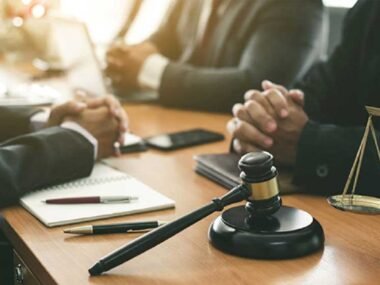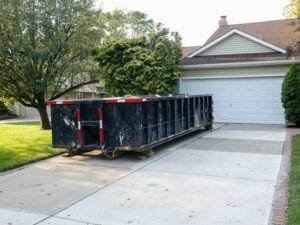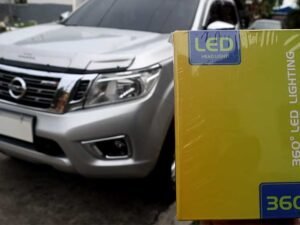As we work towards a greener future, it’s important for buildings to help reduce carbon emissions. Local Law 97 in New York City requires buildings to lower their carbon footprint. It’s important to understand what the law requires and how to prepare your building.
Keeping up with all the rules can be overwhelming. That’s why we’ve put together helpful tips and insights for getting your building ready for Local Law 97.
By following these steps, you can meet the law’s requirements. It also helps make our city more sustainable. Let’s get started and make a positive impact with your building!
1. Conduct an Energy Audit
Before making any upgrades, conducting a comprehensive energy audit is crucial. An energy audit provides an in-depth analysis of your building’s energy usage, identifying areas where energy efficiency can be improved.
This process typically involves examining the following:
- insulation
- HVAC systems
- lighting
- appliances
- and building design
By leveraging the findings from an energy audit, building owners can prioritize upgrades that will have the most significant impact on reducing carbon emissions and enhancing overall energy efficiency.
2. Implement Energy-Efficient Upgrades
These upgrades will not only help your building meet the required emissions standards but also result in significant cost savings in the long run. The first step is to conduct an energy audit to identify areas for improvement. This could include upgrading to LED lighting, installing smart thermostats, and improving insulation.
As part of the upgrades, it is important to also educate building occupants on energy conservation and encourage their participation in reducing energy consumption. These efforts will not only benefit the environment but also improve the overall sustainability and efficiency of the building.
3. Consider Renewable Energy Sources
Integrating renewable energy sources into your building’s energy supply can significantly help meet local law compliance while reducing your carbon footprint. Rooftop solar panels are an excellent choice, providing a sustainable energy source that can offset a portion of your building’s energy use.
Also, consider collaborating with local renewable energy initiatives or programs that allow your building to access green power credits. Utilizing renewable energy doesn’t just enhance compliance; it demonstrates a commitment to sustainable practices, improving your building’s reputation in the community.
4. Work with Experts
Navigating the complexities of Local Law 97 can be overwhelming. That’s where expert guidance comes into play.
Partnering with professionals, such as LL 97 compliance consulting, can provide tailored strategies for your building’s unique challenges. These consultants can assist with everything from energy audits to selecting appropriate upgrades, ensuring that your building meets the required carbon emission standards.
Buildings that engage with energy consultants often see improvements in energy efficiency. Working with experts not only simplifies compliance but also helps unlock financial incentives and rebates available for energy efficiency improvements.
Prepare Your Building for NYC’s Local Law 97
Local Law 97 is an important step in reducing carbon emissions and building a more sustainable future. By following these strategies, building owners can not only meet the law’s requirements but also save on energy costs. Start preparing your building now for a greener future. Embrace the change and make a real difference.
Let’s work together to create a cleaner, healthier environment for future generations. Contact a professional today to start preparing your building for Local Law 97. Together, we can make a meaningful impact!
Looking for more tips and advice? You’re in the right place! Make sure to bookmark our page and come back to check out more interesting articles.










